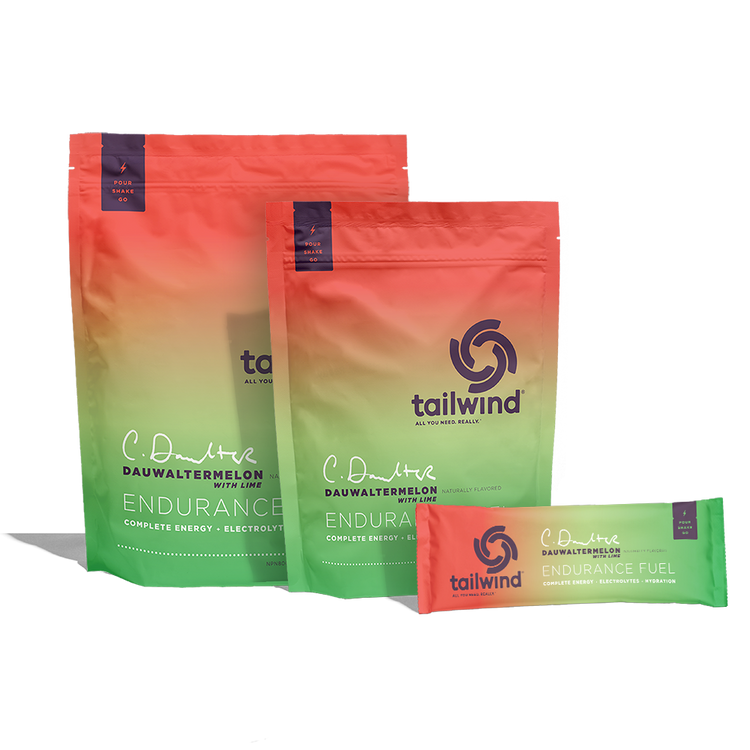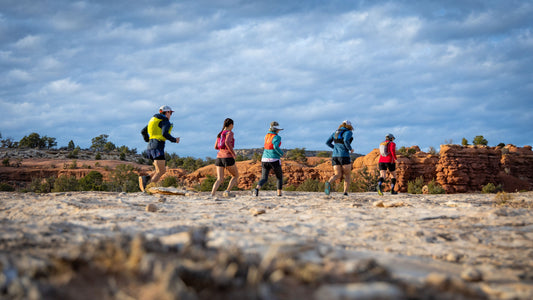The Role of Nutrition in Riding at High Altitude
0 Comments
One aspect that gives a lot of cyclists pause about riding certain races, like the Iron Horse Bicycle Classic, is the high altitude. And with good reason! When Jeff and I first moved to Durango from Seattle we found ourselves huffing and puffing up a local trail, Haflin Creek despite the fact we had been doing some hardcore riding for the previous 3 months. What’s going on? Simply put, at altitude we are suffering from hypoxia—when the working tissues of the body are deprived of adequate oxygen supply. Physiologically speaking, oxygen delivery to the muscles goes down which impacts your aerobic capacity. In a widely referenced 1982 study, Squires and Buskirk found a predictable reduction in VO2 max of approximately 8% for every 1,000 meters (3,280’) above 700 meters (~2,300’). Durango sits at 6500 feet, and you’ll reach 10,640’ at Coal Bank and nearly 11,000’ at Molas Pass. So compared with sea level, the athlete’s VO2max could decrease about 20% at the top of one of these climbs. That’s huge! What can you do? Surprisingly, nutrition can play role in helping you combat some of the impacts of high altitude as it relates to hydration, oxygen, and nausea. Your body will undergo some physiological changes and eating the right foods can prepare your body for this transition. Hydration It is imperative that you stay on top of your hydration. Hydration is almost always thrown off while traveling so remember to drink whether you are traveling by plane or car so that you arrive well hydrated when you get to Durango. At higher altitude, your breathing is shallower and more frequent; this increased ventilation along with dry air leads to greater fluid losses through the respiratory system. And, because sweat evaporates quickly, you can be led to believe that you are not losing much fluid and will be less inclined to drink. During the Iron Horse, make sure that you are taking in 20-24oz of water/hour. Oxygen Riding at altitude is hard! Though lung capacity remains the same at altitude, the shortage of oxygen and lower atmospheric pressure makes it impossible to get the same amount of oxygen to the muscles in each breath compared to being at sea level. Fortunately, there are some steps that you can take.
To help your body to deliver oxygen to your screaming muscles, eat a diet rich in iron which will actually help you manufacture hemoglobin (the oxygen-binding portion of red blood cells) to help transport oxygen to working muscles. Supplementing with iron 2 weeks prior to the race may be something you want to consider. You can also take beet juice or powder which has two effects: 1) nitrates help to dilate your arteries which enables oxygen to get to your muscles faster; and 2) beets help increase the amount of oxygen taken up as well. Be sure to try this in training ahead of time before using it at the Iron Horse. Studies have shown that taking beets juice/powder in the 1-3 hour before a race is effective. Digestive issues Your GI system gets compromised at altitude. Period. There is anecdotal evidence that anti-motion sickness tablets can help as well as ginger so you can certainly test these out during training. Also, research shows that your body undergoes a change in metabolism where it becomes easier to digest carbs than fats. So at your pre-race dinner, go for the pasta and avoid the fried chicken! During the ride, there are several approaches you can take to minimize GI distress:
- Don’t overload the gut with too many calories (aim for 200-300 calories/hour)
- Stay hydrated: target 20-24oz of water/hour. Most GI problems stem from the fact that you get dehydrated. This is a common occurrence with gels where riders forget to drink enough to process the calories from gels
- Avoid drinks/foods high in protein. Although protein is important for recovery and as part of your overall diet, there is a high correlation with GI distress
- Don’t go too hard. At altitude where your GI system is already compromised working too hard can just stress it more. Instead, strive to maintain a nice achievable paceTailwind Nutrition was formulated with a singular focus on addressing GI issues and is be provided on many course at a 200 calorie/24oz water concentration. If you want to start training with Tailwind, just visit one of the many stores that carry it: http://www.tailwindnutrition.com/shop/ Happy riding!







